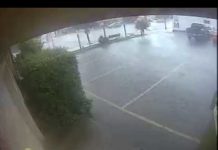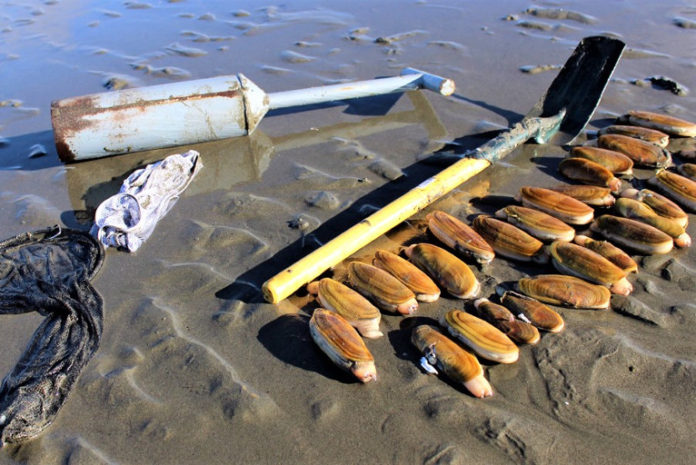After a 5 year razor clam closure due to high levels of Domoic Acid and re-opening April 29, 2021, the Director of the Office of Environmental Health Hazard Assessment in consultation with the California Department of Public Health determined that razor clams in state waters of Del Norte County pose a human health risk due to elevated levels of domoic acid. Consequently, as of December 16th, 2021, the California Department of Fish and Wildlife has closed the recreational razor clam fishery in state waters of Del Norte County until notification by the public health agencies that a health hazard regarding razor clams no longer exists. The recreational harvest of razor clams is closed from Cape Blanco, north of Port Orford, Oregon, to the California border for elevated levels of the marine biotoxin Domoic Acid.

On Wednesday, November 24th, 2021, the Oregon Department of Agriculture and the Oregon Department of Fish and Wildlife announced the immediate closure of all razor clam harvesting from Cape Blanco (north of Port Orford), to the California border.
At that time razor clam samples indicated the marine biotoxin Domoic Acid was three times the closure limit in this area of the south coast, however, razor clam harvesting remains open from the Columbia River (including inside the river) to Cape Blanco.
Mussel, bay clam, and crab harvesting remain open along the entire Oregon coast. Coastal scallops are not affected by biotoxin closures when only the abductor muscle is eaten; ODA does not recommend eating whole scallops. Commercial shellfish products sold in stores and restaurants remain safe for consumers.
Domoic acid and paralytic shellfish toxin are produced by algae and originates in the ocean. The Oregon Department of Agriculture will continue to test for shellfish toxins twice per month, as tides and weather permit. Reopening an area closed for marine biotoxins requires two consecutive tests with results below the closure limit.


















